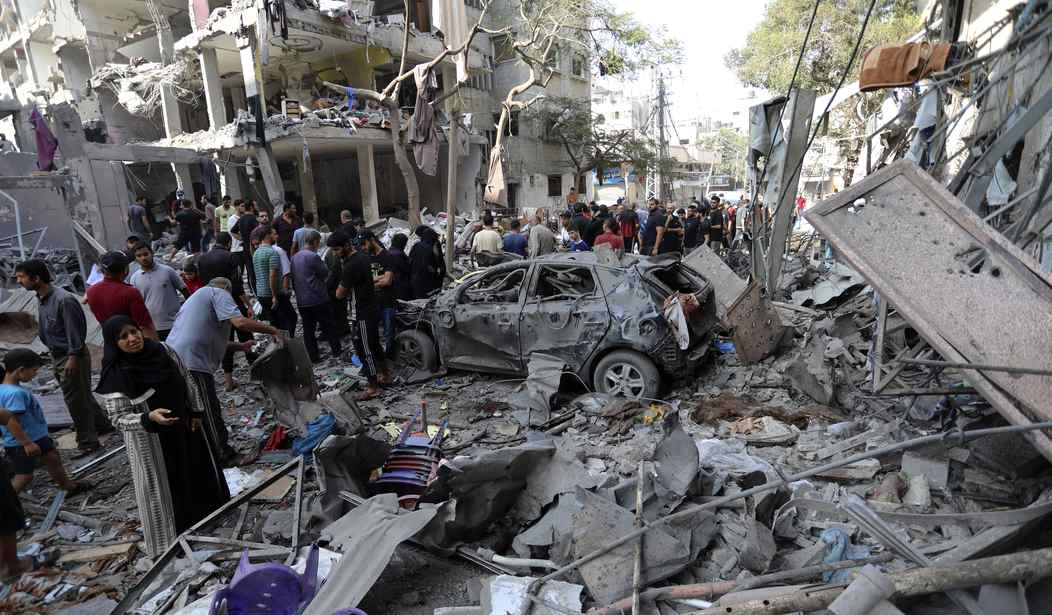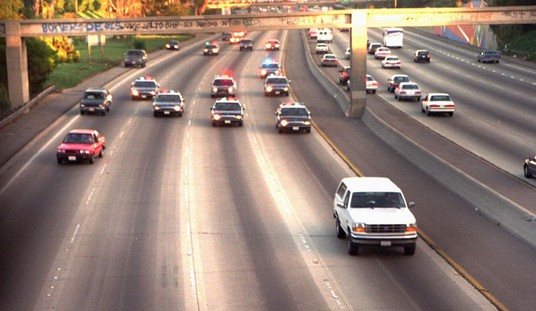On January 7, 2024, an Israeli airstrike in southern Gaza killed two journalists and their driver. Two other freelance Palestinian journalists were severely wounded. The dead were Wael Dahdouh, the son of Al Jazeera’s Gaza correspondent Wael Al-Dahdouh, and Mustafa Thuria, a video stringer for AFP who was also working for the Al Jazeera.
Initially, the IDF issued a statement saying that IAF aircraft “identified and struck a terrorist who operated an aircraft in a way that put IDF forces at risk.”
Today, the Washington Post ran a lengthy postmortem of the events aided by a recently discovered video taken by the drone piloted by Thuria. From this video and interviews, the Washington Post infers that the Israeli version of the events is false and leaves the unvoiced allegation that the journalists were targeted by the IDF.
The Washington Post obtained and reviewed the footage from Thuraya’s drone, which was stored in a memory card recovered at the scene and sent to a production company in Turkey. No Israeli soldiers, aircraft or other military equipment are visible in the footage taken that day — which The Post is publishing in its entirety — raising critical questions about why the journalists were targeted. Fellow reporters said they were unaware of troop movements in the area.
Interviews with 14 witnesses to the attack and colleagues of the slain reporters offer the most detailed account yet of the deadly incident. The Post found no indications that either man was operating as anything other than a journalist that day. Both passed through Israeli checkpoints on their way to the south early in the war; Dahdouh had recently been approved to leave Gaza, a rare privilege unlikely to have been granted to a known militant.
In response to multiple inquiries and detailed questions from The Post, the IDF said: “We have nothing further to add.”
The Post could not identify other instances during the war when journalists were targeted by the IDF for flying drones, which have been used extensively to capture the extent of the devastation in Gaza.
A mythos has arisen over the years that journalists have some sort of "immunity idol" when reporting on combat operations. The fact is that scared men under stress often adopt the philosophy of Arnaud Almaric, the commander of Christian forces during the Albigensian Crusade: "Caedite eos. Novit enim Dominus qui sunt eius." That is, "Kill them all, let God sort them out."
When you have fractions of a second, or even seconds, to make a decision that could result in the deaths of comrades, that sometimes results in suboptimal solutions and outright errors. During the Iraq invasion, a Spanish videographer leaned out of a 14th-floor hotel window to get a better view of the fighting. A crew of an Abrams tank mistook him for a man holding an anti-tank weapon and lit him up.
In my view, the analysis performed by the Washington Post is lopsided in the extreme.
The fact that the video doesn't show Israeli troops or equipment is irrelevant. The IDF could not know that. The Washington Post investigators harp on the drone being "a consumer model available at Best Buy," as though that is meaningful. The IDF couldn't know the drone's model, and the fact that it took good-quality aerial images shows that it could have military applications. That same drone, the Mavic 2, manufactured by the Chinese company DJI, is used in large numbers in Ukraine.
During this war, we have had extensive documentary evidence of local journalists being part of Hamas combat units.
BACKGROUND:
Disturbing 'Journalism' Ethics: Did News Wires Have Journalists Embedded With Hamas on October 7?
NYT Puts Out Astonishing Statement on 'Photojournalist' Who Was With Hamas During Terror Attack
CNN and AP Do the Right Thing, Cut Ties With Photographer Who Embedded With Hamas
I'm not sure what 14 interviews prove or why interviews of people who were not at the scene nor in the IAF headquarters where the decision to strike was made have in the way of dispositive value, particularly when they are conducted months after the event.
What is not adequately explained in the Post story is why these people were operating in Hamas-held territory and how it is Israel's fault they were mistaken, if they were mistaken, for Hamas terrorists.
Covering a war zone is dangerous. If you aren't operating as an embed, the level of danger goes up. If you are operating in enemy-controlled territory, there is an additional layer of danger. Suppose you are participating in an activity that could be hostile, like flying a drone, and colleagues have been recorded acting as Hamas terrorists. In that case, you are not only in danger, but you've lost the benefit of the doubt.














Join the conversation as a VIP Member